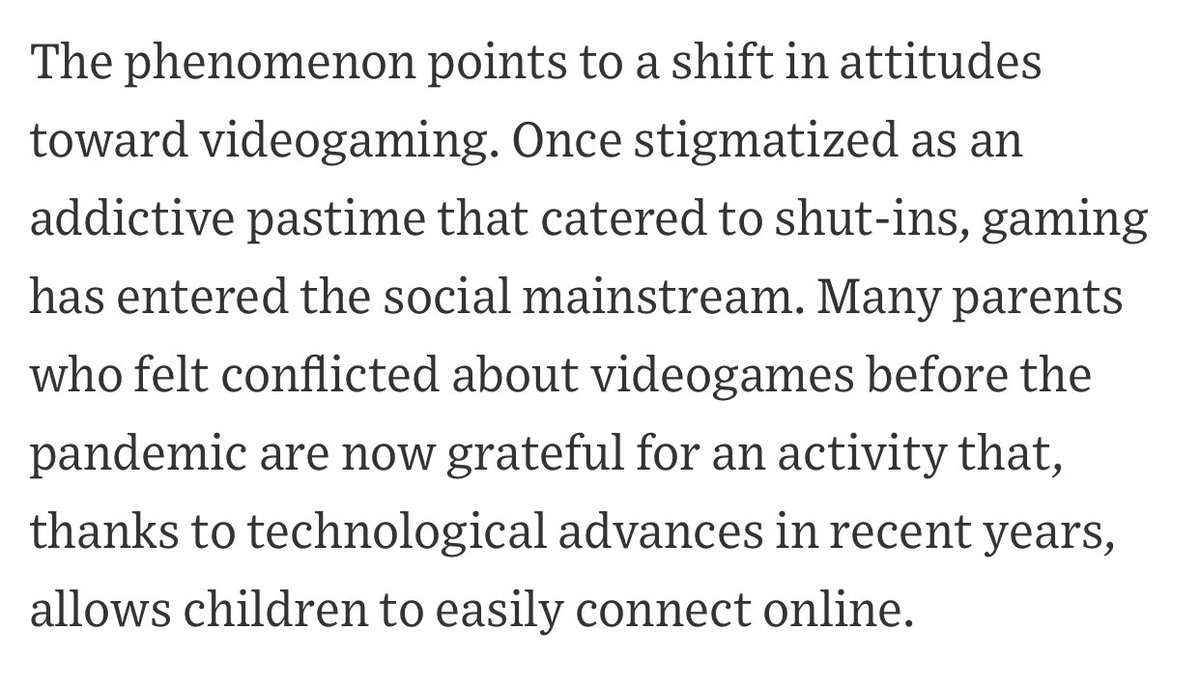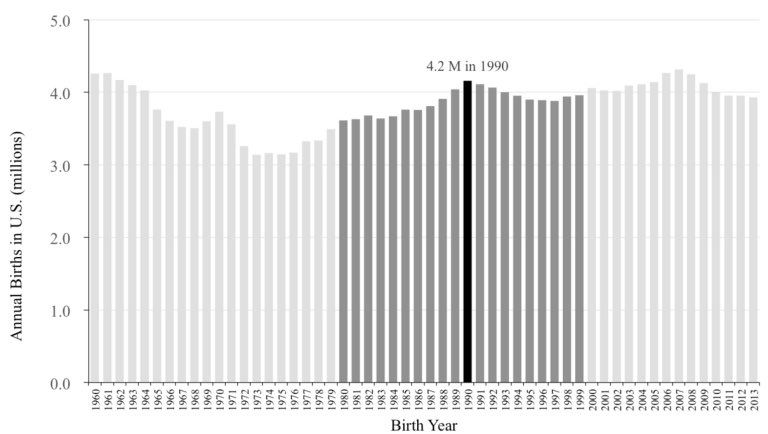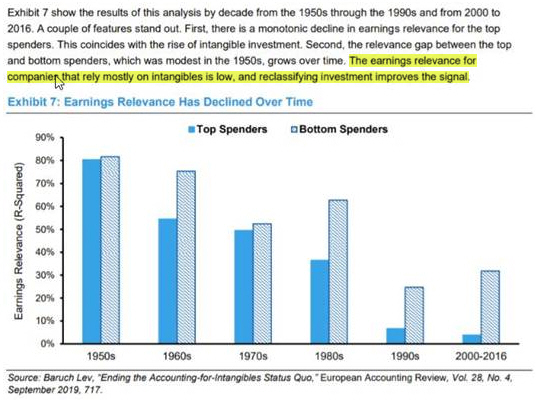
1/x In 2019, we covered a lot of ground in our posts. We tackled position sizing, introduced a diagram illustrating our investment philosophy, reported on our trip to China, and more. You can explore posts from earlier years in the retweeted threads below.
https://twitter.com/IntrinsicInv/status/1335994807185903618
2/x We started the year talking about "hyperbolic discounting", a "$5 phrase" that explains a lot about investor behavior. intrinsicinvesting.com/2019/01/02/tak…
3/x We sent Arif on a research trip to Italy to have the Ferrari experience first hand. What he came back with was the realization that their business model is best understood as a global "club". intrinsicinvesting.com/2019/01/10/joi…
4/x We wrote about the myth of the "Uber for X" framing of startups. This post offers some useful context for thinking about $ABNB today. intrinsicinvesting.com/2019/01/25/the…
5/x We wrote a multipart series, including a case study of an investment gone wrong, looking at why low growth companies present unexpectedly large risks to investors. intrinsicinvesting.com/2019/02/22/the…
6/x And another multipart series on position sizing, a topic we think investors do not pay nearly enough attention to. intrinsicinvesting.com/2019/04/22/how…
7/x We looked at corporate culture and its role in competitive moat analysis, concluding that the erosion of moats often begins inside the company rather than from a competitive assault. intrinsicinvesting.com/2019/06/17/moa…
8/x As Disney Plus launched and the market was deeply skeptical of Netflix's ability to protect their subscriber base, we explained why they'd be just fine. intrinsicinvesting.com/2019/09/05/the…
9/x We released a diagram illustrating our investment philosophy. For us, these are the key points we look for in any investment. intrinsicinvesting.com/2019/09/18/dia…
10/x And as 2019 came to a close, before we knew a pandemic would sweep the world, we traveled to China as part of a long term effort to increase our circle of competence. intrinsicinvesting.com/2019/10/23/ens…
• • •
Missing some Tweet in this thread? You can try to
force a refresh












